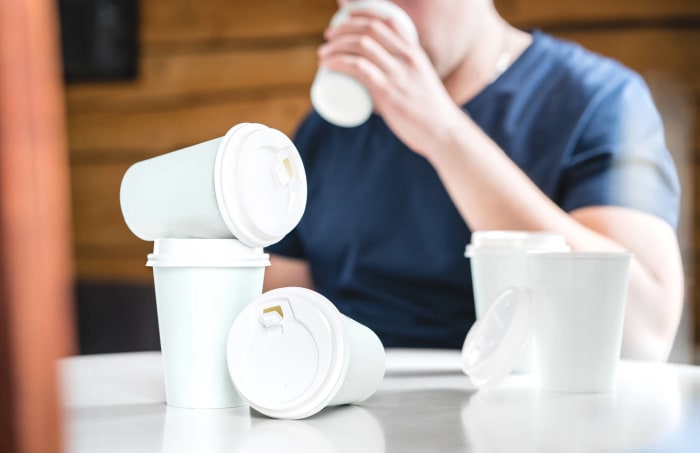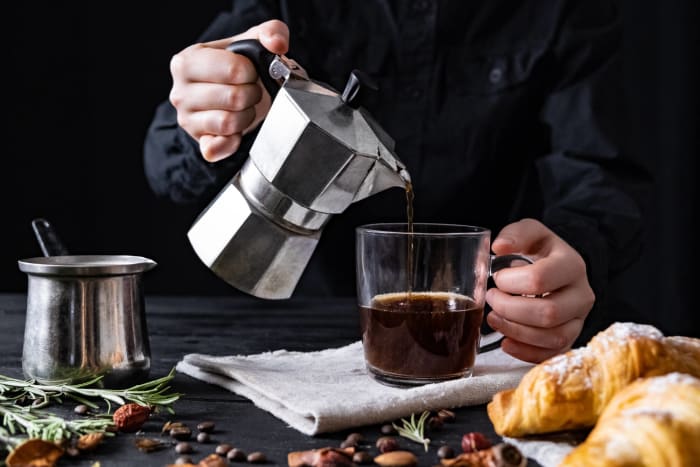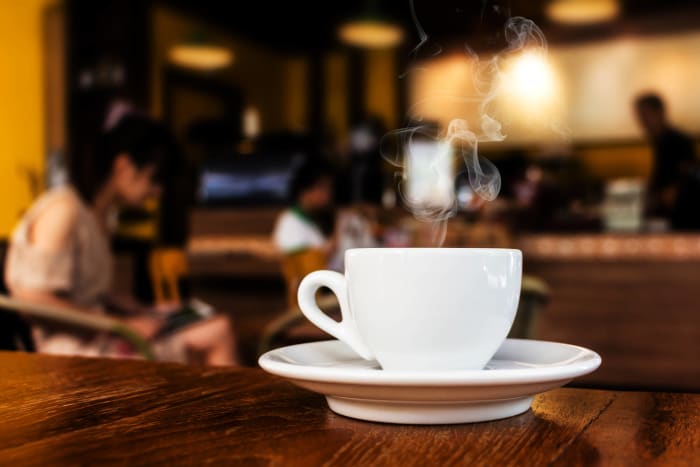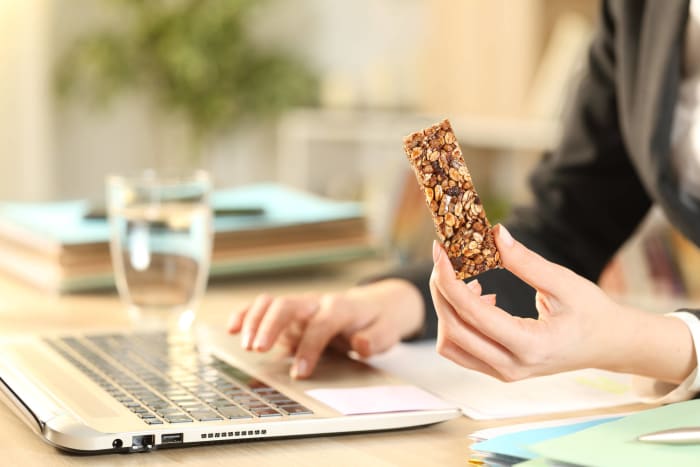x
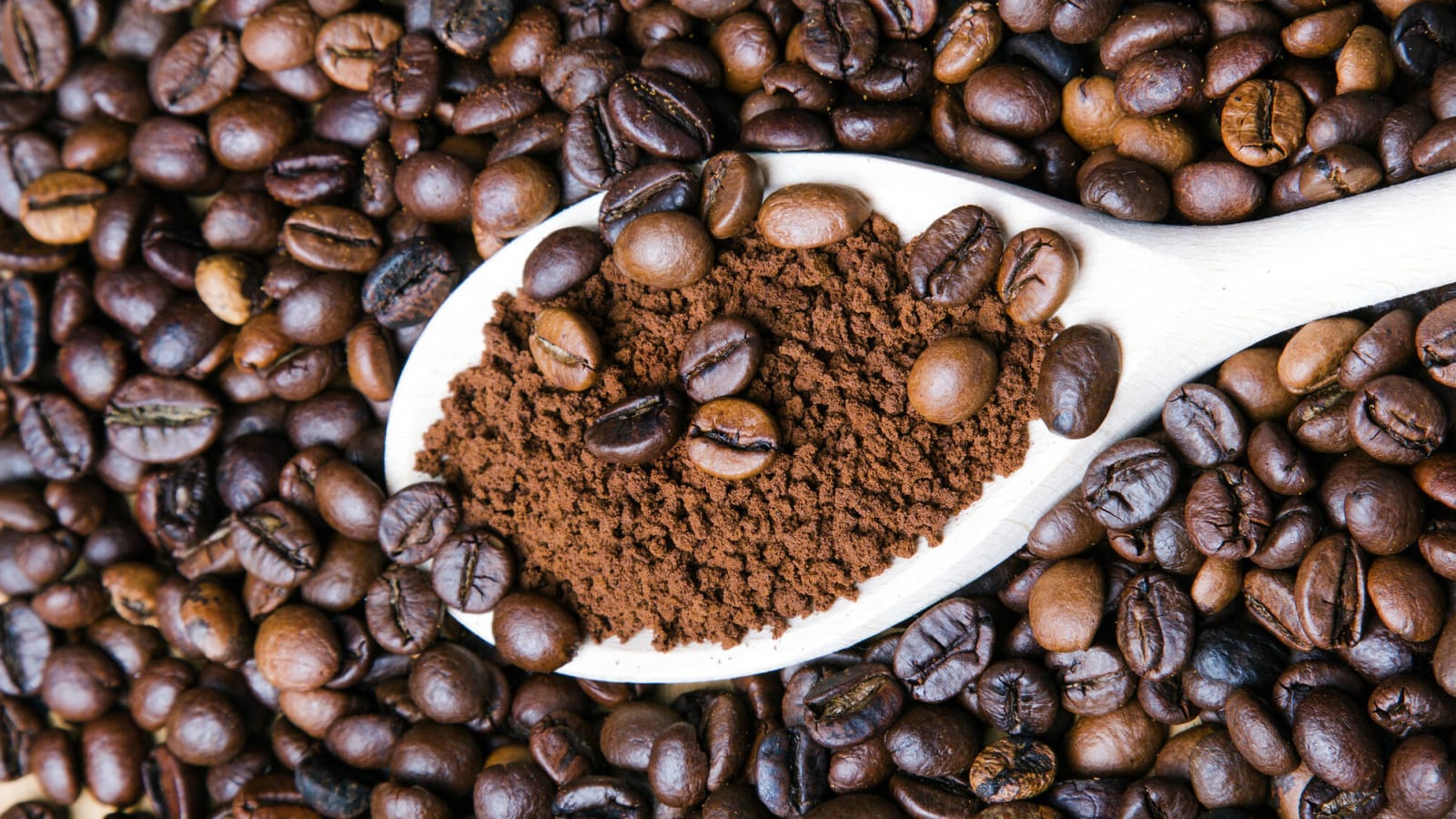
Joanna Dorota/Shutterstock
20 tips for decreasing your caffeine intake
Whether you want to quit entirely or cut back some, these 20 tips will make decreasing caffeine intake more manageable.
More must-reads:
- Why Bobby Petrino-Bill Belichick pairing at North Carolina seems destined to flop
- Three underperforming NHL players who need to step up moving forward
- The '2004-05 NFL passing leaders' quiz
Breaking News
Trending News
Customize Your Newsletter
 +
+
Get the latest news and rumors, customized to your favorite sports and teams. Emailed daily. Always free!
